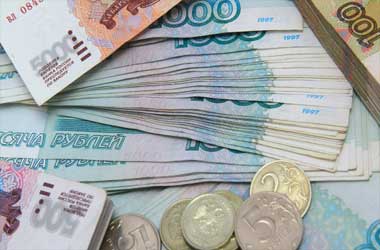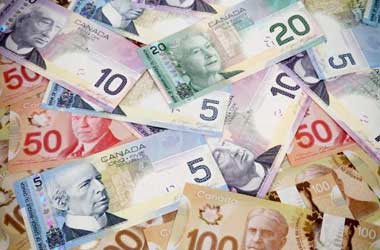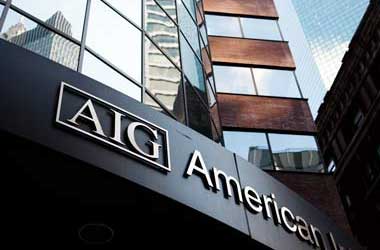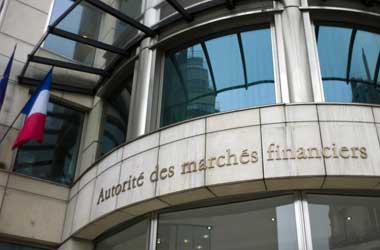 The Russian ruble hit closed at 73.02 Friday, a level unseen since August 19, 2020, against the backdrop of increasing bullish view of global economic rebound due to availability of Covid-19 vaccine, additional US stimulus package and mitigation of geopolitical worries. In the meanwhile, crude prices have been fluctuating near nine-month highs. With respect to monetary policy, Russia’s central bank continues to maintain its benchmark rates unaltered since June, but stays ready for addition cuts, if necessary. It can be remembered that ruble plunged to 7-month lows in the first week of November on concerns that Moscow would be slapped with fresh sanctions following the Presidential election in the US.
The Russian ruble hit closed at 73.02 Friday, a level unseen since August 19, 2020, against the backdrop of increasing bullish view of global economic rebound due to availability of Covid-19 vaccine, additional US stimulus package and mitigation of geopolitical worries. In the meanwhile, crude prices have been fluctuating near nine-month highs. With respect to monetary policy, Russia’s central bank continues to maintain its benchmark rates unaltered since June, but stays ready for addition cuts, if necessary. It can be remembered that ruble plunged to 7-month lows in the first week of November on concerns that Moscow would be slapped with fresh sanctions following the Presidential election in the US.
Russia’s GDP contracted 3.4% y-o-y in 3Q20, improving from 8% contraction in the earlier quarter and slightly better than initial estimate of 3.6% drop. The country’s economy entered into recession in 2020 as the Covid-19 outbreak and initiatives linked to lockdown for containing the spread of coronavirus jolted economic activities and overall demand. With 25.9% contraction in July-September period, hotel industry led the economic contraction. In the June quarter, the economy recorded 56.9% drop. Both wholesale and retail output declined, in addition to professional, transportation & storage, technical & scientific initiatives and education. Mining & quarrying sector posted 12.3% decline and utilities output dropped 2.6%. However, manufacturing production remained unaltered.
In October, the country recorded narrowing of trade surplus to $6.44 billion, from $13.16 billion in the comparable period of 2019 and lower than analysts’ forecasts of $8.20 billion, as worldwide demand stood gloomy against the backdrop of increasing Covid-19 cases and fresh lockdowns. Reflecting the scenario, exports declined 23.80% due to drop in shipments to non-CIS countries (-27.4%). However, shipments to CIS countries remained unaltered. In the meantime, imports fell at a slower pace of 8.8% due to 8.9% decline in purchase of goods and services from non-CIS countries. Similarly, purchases from CIS countries fell by 8.6%.
Russia’s yearly inflation rate increased to 4.40% in November, from 4% in the earlier month, beating economists’ forecasts of 4.3% and the central bank’s target of 4%. The reported inflation rate was the highest since July 2019, as cost increased quickly for both food items (up 5.8% in November compared with 4.8% in October) and non-food products (an increase of 4.5% in November, versus 4.2% in October). In the meanwhile, services inflation stood unaltered at 2.5%. On m-o-m basis, consumer costs increased 0.7%, following a 9.4% growth in October and exceeding market forecasts of a 0.6% rise.
Data provided by IHS Markit indicated that the country’s services PMI rose to 48.20 in November, from 46.90 in the earlier month. The recent reading underlined the second successive contraction of the industry, against the backdrop of revival of Covid-19 infections. Fresh business contracted for second successive month, as gloomy consumer demand affected aggregate sales. In the meantime, fresh orders from overseas continued to decline, with fresh export orders dropping at a steep rate that was the quickest since May. As an outcome, capacity utilization was weak, and companies minimized their employee count for the third consecutive month. With respect to price, input cost pressure rose steeply to the highest level since January 2019, primarily due to an increase in employee wages and other business expenditures linked with transforming the office Covid-19 free. Similarly, output costs rose sharply and reached the highest level since March. Eventually, business optimism bettered, mainly due to expectations of exit from pandemic and a rise in customer demand.
Russia’s manufacturing PMI, according to data provided by IHS Markit, fell to 46.30 in November, from 46.90 in October, underlining third consecutive month of contraction in the industry, as output declined at an expedited rate, while fresh orders declined at the quickest rate for six months. The drop in fresh orders was mainly led by domestic customers, nevertheless, as fresh export orders increased at the fastest pace since December 2018. During the same period, employment dropped, with the pace of job losses was robust as a whole and quickest for four months. With respect to price, input cost pressure increased at the quickest rate since February 2015, while output cost pressure expedited at the fastest rate since February 2019. Eventually, business sentiment bettered a bit, as companies were optimistic of rebound in the forthcoming year.




